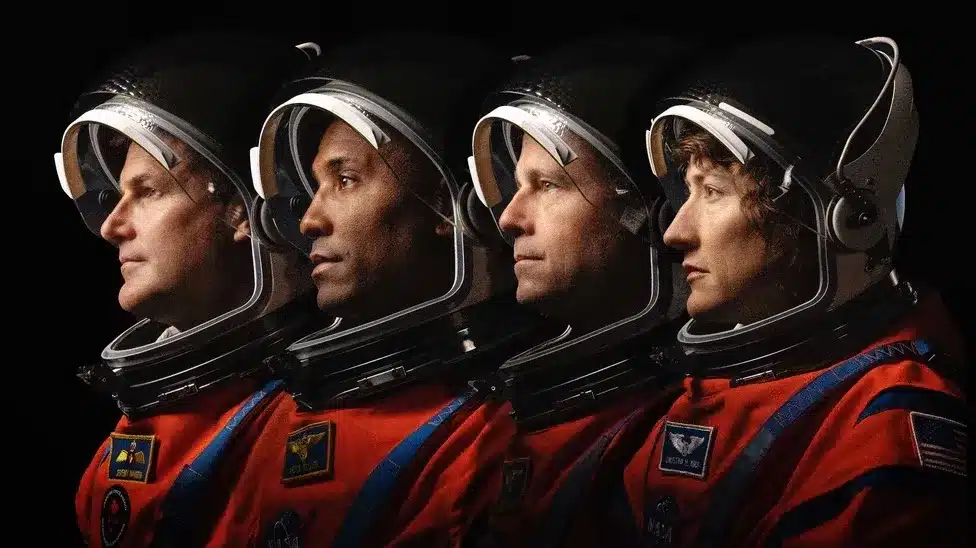Before Artemis, one of the main dreams of the human race has always been the exploration of the unknown, ever since the first three caravels of Columbus crossed the Atlantic Ocean in search of a new route to the Indies, finding however new lands that led to the birth of a new world.
A lot of time has passed since 1492, but the desire to immerse ourselves in new discoveries beyond the horizons of Earth has only increased, leading us to numerous objectives that even reached beyond the boundaries of the solar system with the Voyager 1 and Voyager 2 missions. Without forgetting, however, the construction of the first terrestrial space base (Space Station ISS) that has allowed us to make enormous progress in the fields of: science, botany, robotics, medicine and information technology. All this in just 20 years of operation.
As for manned space missions, however, progress has been very slow. It is certainly no boast to note that the last one dates back to 1972 with the mission Apollo 17of the captain Gene Cernan on its last (and for humanity at the moment) mission to our satellite.
Everything changes, the Artemis I program goes towards the Moon
After years of political and especially economic instability, NASA, in collaboration with various partners such as the European ESAhas decided to bring back into fashion among public opinion a possible return of a human team to the Moon, decreeing the beginning of a new space ageThe program is underway! Artemis.
The first mission of this new and innovative program is to carry out a “Fly by” lunar, to test the structural and technical efficiency of the SLS vector (Space Launch System), so the actual rocket, and the Orion spacecraft where the astronauts will be placed. The first launch is as already specified only a test, consequently no actual crew has been considered for the first flight.
Four launch attempts were made before the green light was given for space, both for technical reasons such as the failure of the third engine’s cooling sensor, and for natural reasons such as the continuous encountering of hurricanes on the Florida coast at that time.
On the fifth attempt, on November 16, 2022, everything goes well and after the fly-by of the Moon, Orion returned to Earth. Now it is possible to proceed with a real crew, NASA immediately gets to work to organize the second missionarriving at today.
What stage is Artemis II in?
As is usual in space missions of all kinds, Artemis II, initially scheduled for late 2024, has undergone a rescheduling in schedule around September 2025The mission, as already specified, will aim at a fly-by of the lunar orbit with a human crew, the last test before an actual landing with Artemis III in 2026 (scheduled).

During re-entry into the atmosphere, Orion suffered some complications with Artemis I, in fact the heat shield that was supposed to protect the capsule from overheating of the internal and external environment, did not work correctly in all points, causing some anomalies in various areas of the capsule. This naturally required a considerable effort on the part of the Agency and partners to prevent this from happening in Artemis II and putting the safety of the crew at risk.
These are the words of NASA’s AC “We have learned much since Artemis I, and the success of these early missions, Nelson said, builds on our commercial and international partnerships to expand our reach and understanding of humanity’s place in our Solar System. Artemis represents what we can accomplish as a nation and as a coalition.“.
On the contrary, the preparation of the new SLS is going very quickly, with no problems having occurred during the launch and release phase of the Orion capsule. Finally, it is worth mentioning the delay in the delivery of the modules for the lunar space station.gateway“, fundamental in the Artemis missions following this one. Is a new postponement likely beyond 2025? We will update you for any changes.
#Artemis #return #Moon